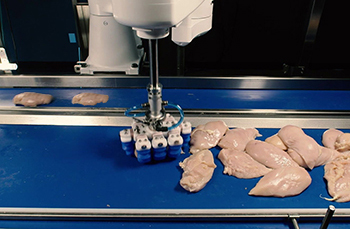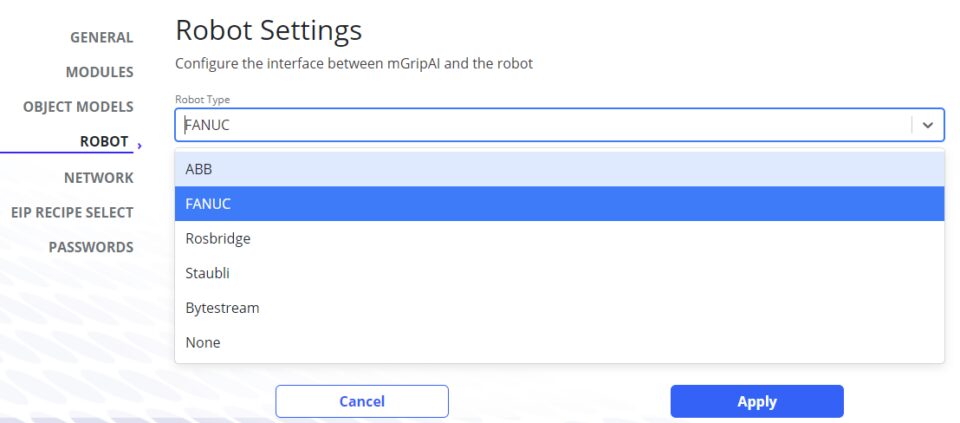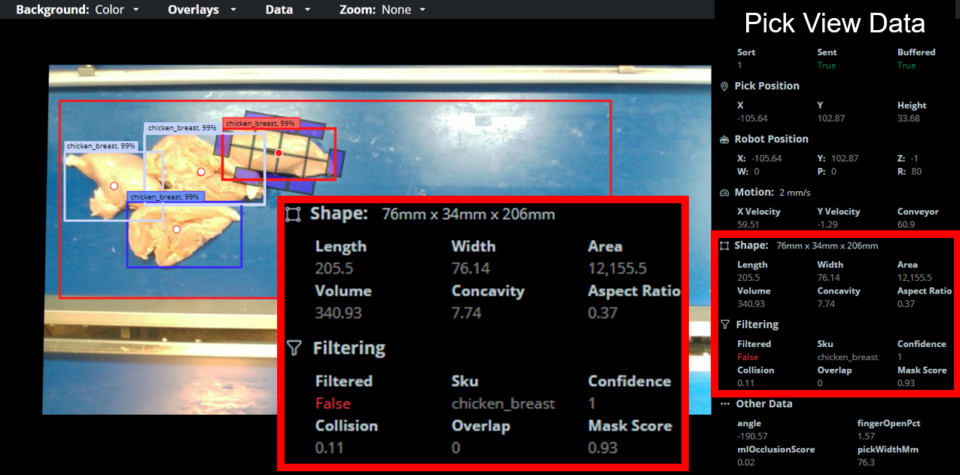
5 Ways Soft Robotics Can Help Machine Builders Eliminate Stringent Infeed Requirements
August 17, 2023
For decades, humans have been working in food processing, and for good reason. When people are available to work, they offer some critical benefits to production that robots have historically had a difficult time with. People can see an object in a sea of other products, determine how to pick that product, and then know what to do with that product. Humans do this while also using their dexterity to manipulate it with just the right amount of force needed to move at production rates. This makes humans the ideal solution for handling chaotic flow with piled, touching, unoriented products.
With the growing need to automate, machine builders are put in quite a pickle, trying to figure out non-human solutions to this problem. Singulation machines are often used as a solution but they have significant drawbacks. First of all, they occupy a massive amount of floor space, leaving a far larger footprint than a human worker would. Singulation machines are also unreliable, break down easily, and require a lot of cleaning and maintenance. This greatly bottlenecks speed and can reduce overall efficiency but this singulation is required for downstream machines. De-boners, trimmers, cutters, huskers, and portioners are all examples of machines that require specific orientation and spacing to function properly. At Soft Robotics, we’ve taken all these issues and have worked with leading food manufacturers to come up with a solution to tackle all of these requirements.
1. Touching, Overlapping, Chaotic Flow
mGripAI uses pre-trained object models to handle food that is touching, overlapping or even piled and it can handle any orientation. This revolutionary technology can eliminate virtually all infeed requirements! This is achievable by pre-trained object models, deep lear ning, and AI. At Soft Robotics, we’ve learned that traditional machine vision can struggle with the organic variability of food, but object models segment food without any problem and in real-time. We’ve taken the time to train and fine-tune these object models with hundreds of millions of images, so you don’t have to! You can focus on the overall system design and stop spinning your wheels training object models.
ning, and AI. At Soft Robotics, we’ve learned that traditional machine vision can struggle with the organic variability of food, but object models segment food without any problem and in real-time. We’ve taken the time to train and fine-tune these object models with hundreds of millions of images, so you don’t have to! You can focus on the overall system design and stop spinning your wheels training object models.
2. Robot Integration
Another large time sink in designing these lines is ensuring all of the equipment can talk to each other. mGripAI makes this process as easy as possible by having 1 common interface for the hands (control module/grippers), eyes (perception module/vision camera), and brain (intelligence module/computer). You can select your robot’s brand and IP address and mGripAI will automatically format the pick coordinates for your specific robot.

3. Moving / Rolling / Stacked Product
mGripAI can even handle product that rolls, moves, or is buried and it does this by having a camera look directly into the robot pick area. Traditional systems have upstream imaging, giving enough time for the vision system to identify products and to make sure the robot is out of the way. mGripAI has pre-trained object models that allow us to identify products in real-time. It can also determine if the robot is blocking the field of view and should stop acquiring images. If the product is piled, mGripAI can see the piece under the pile after the top pieces are removed.
4. Food Safety

When mGripAI is picking food it makes sure to do so with a delicate touch. This is to ensure that the food is safe and not damaged or bruised by the robot. mGripAI will match the speed of the food and open to a dynamic amount depending on the size of the product being picked. It makes sure it doesn’t grip large products too tightly or small products too loosely, giving you confidence the food will be in pristine condition downstream. In addition to being food safe, mGripAI is IP69K and can easily be cleaned with standard washdown practices, keeping it simple for your sanitation.
5. Valuable Pick Data
In addition to successfully segmenting products and sending pick coordinates to the robot, mGripAI can capture tons of additional information about what you are picking. It can determine orientation, size, distinguish between SKUs, and much more. This data can help drive upstream process improvements to help increase yield.
